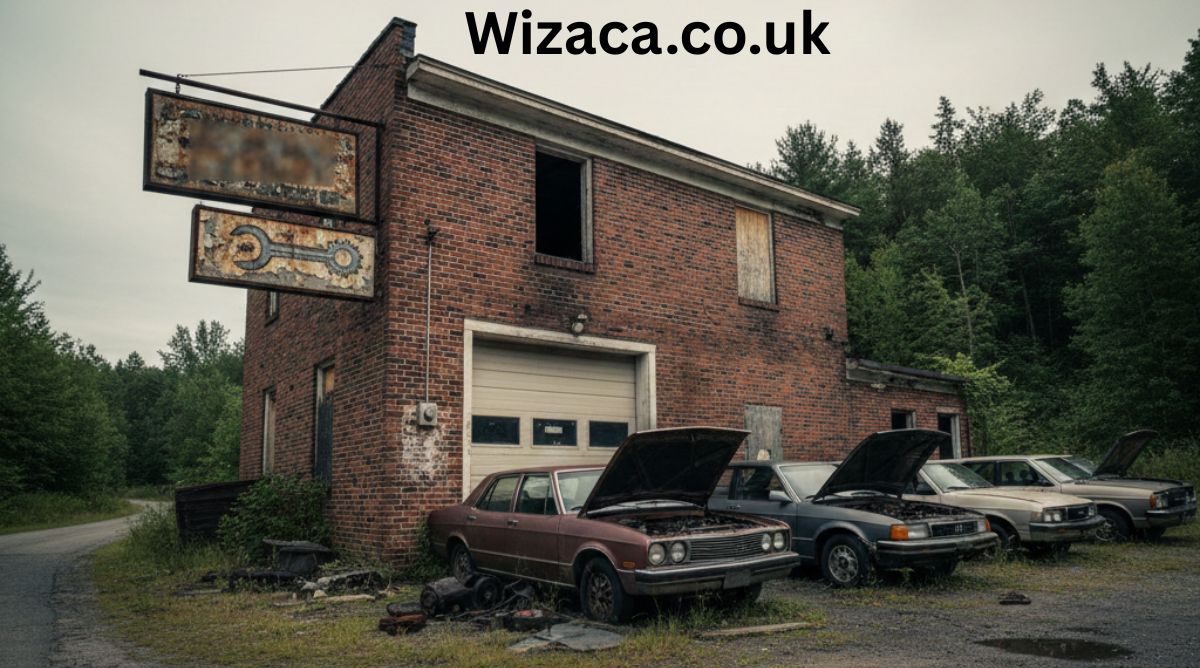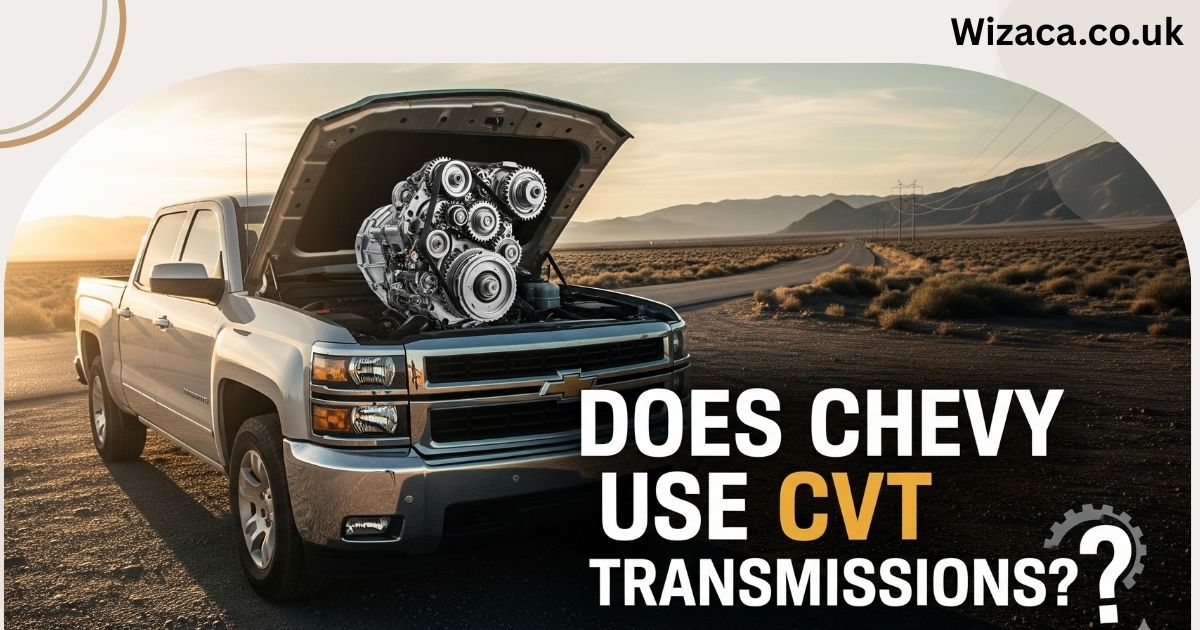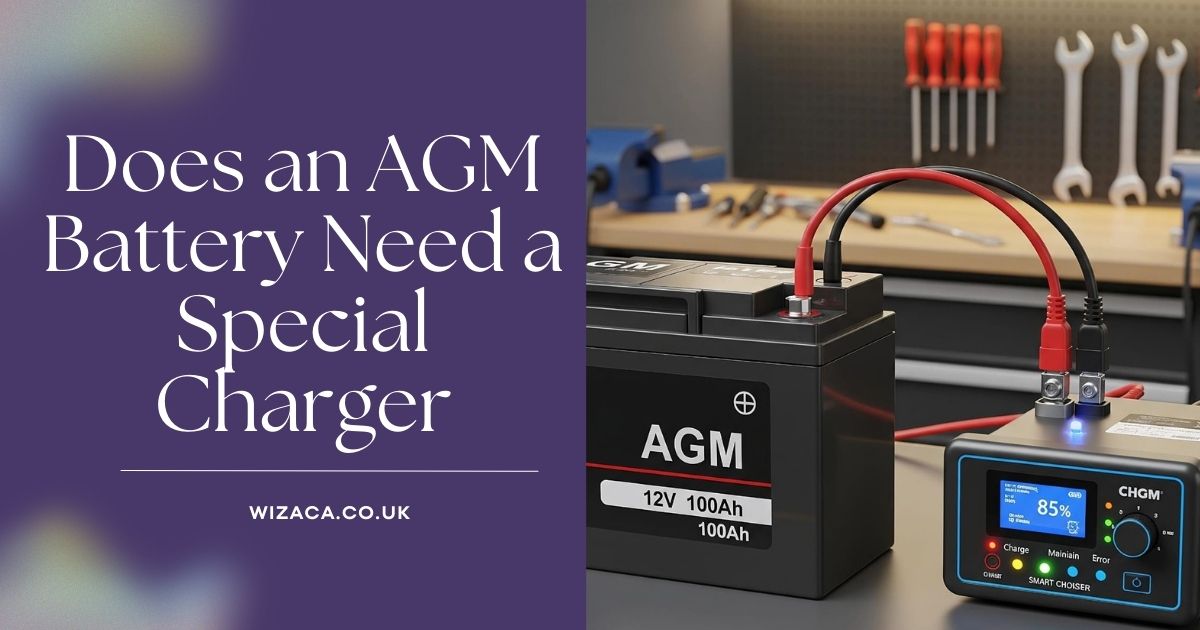Yes, most modern diesel engines do have a catalytic converter. In fact, many diesel vehicles are equipped with advanced emissions control systems, including catalytic converters, to meet strict environmental regulations. While older diesel engines may not have come standard with these systems, nearly all newer diesel vehicles use catalytic converters as part of their exhaust treatment process.
Let’s take a closer look at how catalytic converters work in diesel engines, why they’re necessary, and how they differ from those in gasoline engines.
What Is a Catalytic Converter?
A catalytic converter is an emissions control device that reduces harmful pollutants produced by the combustion process in internal combustion engines. It’s installed in the vehicle’s exhaust system and uses a combination of metals like platinum, palladium, and rhodium to convert harmful gases into less harmful emissions before they leave the tailpipe.
In gasoline engines, catalytic converters typically focus on reducing:
- Carbon monoxide (CO)
- Hydrocarbons (HC)
- Nitrogen oxides (NOx)
Does a Diesel Engine Have a Catalytic Converter?
Yes. Diesel Engines Have Catalytic Converters.
Diesel engines produce different types of emissions compared to gasoline engines, but they still require catalytic converters to reduce harmful gases. Diesel catalytic converters are specifically designed to:
- Reduce carbon monoxide (CO)
- Minimize hydrocarbons (HC)
- Assist in controlling particulate matter (soot)
- Help reduce nitrogen oxides (NOx) emissions (with the aid of additional systems)
Types of Catalytic Converters in Diesel Engines
1. Diesel Oxidation Catalyst (DOC)
The DOC works similarly to a catalytic converter in a gasoline engine. It helps convert:
- Carbon monoxide (CO) into carbon dioxide (CO₂)
- Hydrocarbons (HC) into carbon dioxide and water vapor
DOCs are effective at reducing unburned fuel and oil particles, improving emissions.
2. Diesel Particulate Filter (DPF)
While not a catalytic converter in the traditional sense, the DPF is often paired with a DOC. It captures soot (particulate matter) from the exhaust gases. Over time, the DPF undergoes regeneration to burn off the trapped soot.
3. Selective Catalytic Reduction (SCR)
SCR systems are used to reduce nitrogen oxides (NOx) emissions, which are particularly high in diesel engines. They work by injecting a liquid urea-based solution (commonly known as Diesel Exhaust Fluid or DEF, such as AdBlue) into the exhaust stream. The chemical reaction converts NOx into harmless nitrogen (N₂) and water vapor (H₂O).
Why Do Diesel Engines Need Catalytic Converters?
Diesel engines are more fuel-efficient than gasoline engines but produce more NOx and particulate matter. Environmental regulations, like Euro 6 standards in Europe and EPA Tier regulations in the U.S., require diesel engines to be fitted with emissions control systems, including catalytic converters.
Without these systems, diesel engines would emit higher levels of pollutants that contribute to:
- Smog formation
- Acid rain
- Respiratory problems
Catalytic converters, along with DPFs and SCRs, help diesel engines meet legal emissions requirements and reduce environmental impact.
Do Older Diesel Engines Have Catalytic Converters?
Not always. Older diesel vehicles (especially those made before the late 1990s or early 2000s) often:
- Do not have catalytic converters.
- May lack DPF and SCR systems.
- Emit higher levels of NOx and particulates.
Many older diesel vehicles still on the road today were built before strict emissions standards required the use of advanced exhaust treatment systems.
Can You Remove a Catalytic Converter from a Diesel Vehicle?
While technically possible, removing a catalytic converter (often referred to as a delete) is illegal in most countries. Removing emissions equipment can result in:
- Failed emissions tests
- Fines and legal consequences
- Voided vehicle warranties
- Harmful environmental impact
- Increased soot and pollution from unfiltered diesel exhaust
It’s best to keep your diesel’s emissions system intact to stay compliant with regulations and protect public health.
How Can You Tell If Your Diesel Has a Catalytic Converter?
- Vehicle Year and Model: Most diesel vehicles built after 2007 (especially in the U.S. and Europe) will have catalytic converters and other emissions control systems.
- Inspection: If you look under your vehicle, you’ll find one or more components in the exhaust system designed for emissions control (DOC, DPF, SCR).
- Owner’s Manual: Your manual should specify the emissions equipment included with your vehicle.
- Emissions Labels: Some vehicles have labels indicating compliance with emissions standards, which can hint at the presence of catalytic converters and other devices.
Conclusion
Yes, a diesel engine typically has a catalytic converter, especially in modern vehicles. Diesel catalytic converters are part of a more extensive emissions control system that may also include a Diesel Oxidation Catalyst (DOC), Diesel Particulate Filter (DPF), and Selective Catalytic Reduction (SCR). These systems work together to reduce pollutants like NOx, soot, and carbon monoxide, helping diesel engines meet strict emissions regulations.
If you drive a newer diesel vehicle, it’s almost guaranteed that it has a catalytic converter and other emissions control devices.
FAQs
Do All Diesel Cars Have Catalytic Converters?
Most modern diesel cars do, but older models (pre-2000s) may not be equipped with catalytic converters.
What’s the Difference Between a Diesel and Gasoline Catalytic Converter?
Diesel catalytic converters are designed to handle higher levels of particulates and NOx, often used alongside DPF and SCR systems, while gasoline catalytic converters mainly focus on reducing HC, CO, and NOx.
Can You Drive Without a Diesel Catalytic Converter?
It’s illegal and harmful to the environment. You may also fail emissions tests and void your warranty.
How Much Does a Diesel Catalytic Converter Cost?
Costs can vary, but a replacement catalytic converter for a diesel vehicle can range from $1,000 to $3,000, depending on the vehicle and emissions system complexity.
How Long Does a Diesel Catalytic Converter Last?
With proper maintenance, it can last 100,000 to 150,000 miles, though this depends on driving conditions and how well the system is maintained.
Also Check:
• Does a Diesel Engine Have a Catalytic Converter?
• Does a Diesel Engine Have a Spark Plug?
• Does a CVT Transmission Have a Torque Converter?










